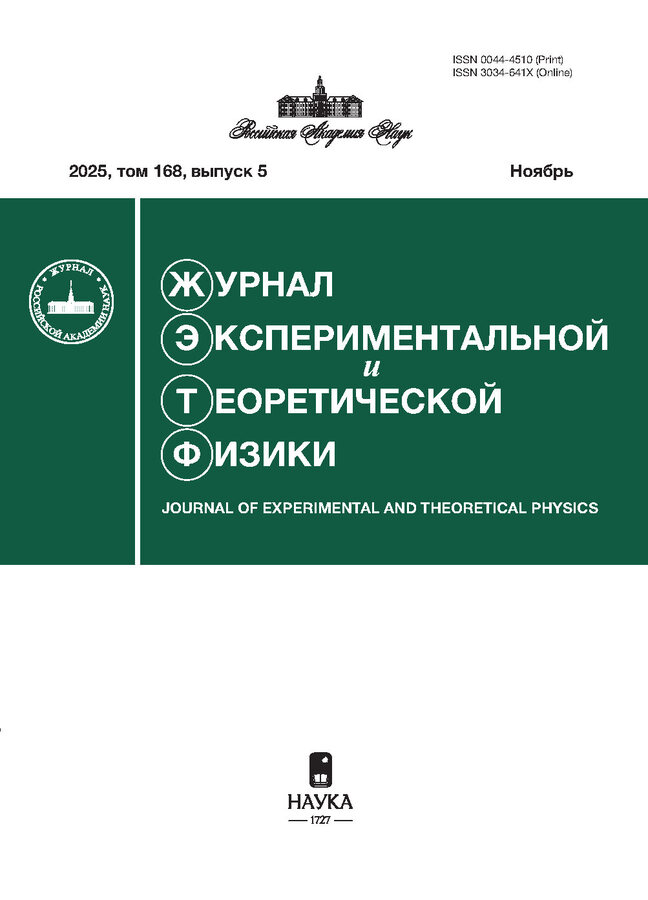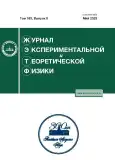Calibration of Troitsk Nu-Mass Detector Readout Electronics by Signal Digital Filters
- Authors: Abdiganieva S.B1,2, Berlev A.I1, Bochkov M.A1,2, Likhovid N.A1, Pantuev V.S1,2, Zadorozhnyy S.V1
-
Affiliations:
- Institute for Nuclear Research, Russian Academy of Sciences
- Moscow Institute of Physics and Technology
- Issue: Vol 163, No 5 (2023)
- Pages: 641-645
- Section: Articles
- URL: https://journals.rcsi.science/0044-4510/article/view/145402
- DOI: https://doi.org/10.31857/S0044451023050036
- EDN: https://elibrary.ru/BBYKGW
- ID: 145402
Cite item
Full Text
Abstract
We present the results of tuning and calibration of the detector electronics in the signal digitization mode. The goal of the experiment is to search for a possible sterile neutrino signature in tritium beta-decay. The read-out electronics work in direct oscilloscope mode, which requires to optimize time frame the with the goal to minimize noise and energy resolution. We use a 7-pixel silicon drift detector (SDD) and a CMOS charge sensitive preamplifier with very low integration capacitor. Amplifier forms a slowly rising output shape and operates in pulse-reset mode. The 125 MHz ADC digitizes the signals. Using calibration data from Fe55 and Am241 gamma sources we check triangular and trapezoid digital filters to obtain the best noise and energy resolution performance. We are also examining the option to differentiate the output signal.
About the authors
S. B Abdiganieva
Institute for Nuclear Research, Russian Academy of Sciences; Moscow Institute of Physics and Technology
Email: pantuev@inr.ru
117312, Moscow, Russia; 141700, Dolgoprudny, Moscow oblast, Russia
A. I Berlev
Institute for Nuclear Research, Russian Academy of Sciences
Email: pantuev@inr.ru
117312, Moscow, Russia
M. A Bochkov
Institute for Nuclear Research, Russian Academy of Sciences; Moscow Institute of Physics and Technology
Email: pantuev@inr.ru
117312, Moscow, Russia; 141700, Dolgoprudny, Moscow oblast, Russia
N. A Likhovid
Institute for Nuclear Research, Russian Academy of Sciences
Email: pantuev@inr.ru
117312, Moscow, Russia
V. S Pantuev
Institute for Nuclear Research, Russian Academy of Sciences; Moscow Institute of Physics and Technology
Email: pantuev@inr.ru
117312, Moscow, Russia; 141700, Dolgoprudny, Moscow oblast, Russia
S. V Zadorozhnyy
Institute for Nuclear Research, Russian Academy of Sciences
Author for correspondence.
Email: pantuev@inr.ru
117312, Moscow, Russia
References
- P. Lechner et al., Nucl. Instr. Meth. A 458, 281 (2001); doi.org/10.1016/S0168-9002(00)00872-X.
- D. N. Abdurashitov et al., JINST 10, T10005 (2015); doi: 10.1088/1748-0221/10/10/T10005; arXiv:1504.00544; physics.ins-det.
- A. I. Belesev et al., J. Phys. G 41, 015001 (2014); doi: 10.1088/0954-3899/41/1/015001; arXiv:1307.5687.
- https://www.xglab.it/products/cube-bias-boards
- T. Brunst et al., JINST 14, P11013 (2019); doi: 10.1088/1748-0221/14/11/P11013.
- V. D. Kekelidze et al., Eur. Phys. J. A 52, 211 (2016); doi: 10.1140/epja/i2016-16211-2.
- A. Niculae et al., Nucl. Instr. Meth. A 568, 336 (2006); doi: 10.1016/j.nima.2006.06.025.
- F. S. Goulding and D. A. Landis, IEEE Trans. Nucl. Sci. 35, 119(1988); doi: 10.1109/23.12687.
Supplementary files










